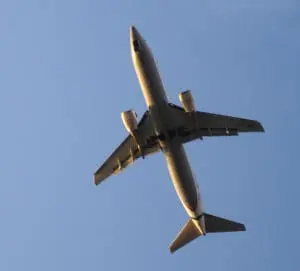“When everything seems to be against you, remember that an airplane takes off against the wind, not with it.”
– Henry Ford
Aviation is a thing of beauty. In honor of August 19th’s “National Aviation Day,” EMS Solutions would like to share some technological advances throughout the history of aviation.

China’s Kites and Hot Air Balloons – Early Flying Machines
Today’s advanced airplanes and jets have surprisingly non-technological origins. Long before the Wright brothers, kites may have been the first creations to pioneer aerial navigation. Some say that around 5th century BC in China, kites were used to test the wind, measure distances, or to send a message.
Kites evolved into sky lanterns. Sky lanterns evolved into hot air balloons, and so on.
From Early Airships, The Wright Brothers, to the Heavier-than-air Aircraft
Soon, hot air balloons would contribute to the development of the first manned “airplane” flight. October 19, 1901, Alberto Santos-Dumont, a Brazilian pioneering pilot, combined a balloon with an internal combustion engine and successfully flew his airship “Number 6” over Paris from the Parc de Saint Cloud around the Eiffel Tower. Following his pioneering work in airships, Santos-Dumont constructed a heavier-than-air aircraft, the 14-bis.
Before Alberto’s pioneering airship ventures, the field of heavier-than-air machines was already progressing at an unstoppable pace. It was during the 17th and 18th centuries when Sir George Cayley pioneered the first invention of the modern aircraft.
Innovations and modifications followed later, alongside with different individuals presenting new ideas. It wasn’t until the famous Wright brothers invented and flew the first successful airplane when these innovations and modifications became more progressive.
The start of two world wars rapidly expedited the need for advances in aviation. The wars pushed more ideas into innovating aircraft for warfare, which would also support advances in aviation for commercial transportation purposes.
Modern Aviation
The arrival of the digital age paved the way for different aircraft inventions and innovations to be reborn from repurposed, existing flying machines. Aircrafts transformed from manual to remote controlled. Printed circuit boards and high-tech electronic devices were integrated into manufacturing sophisticated flying units. All of which has lead to modern-day aviation as we know it.
